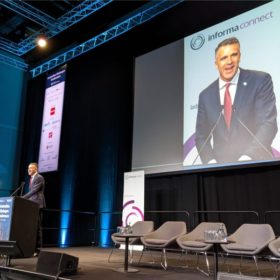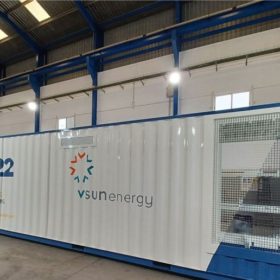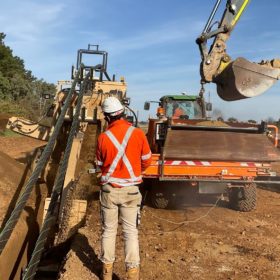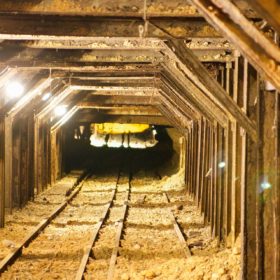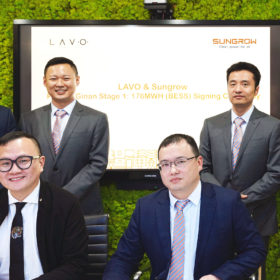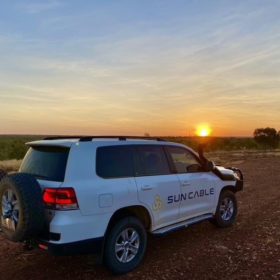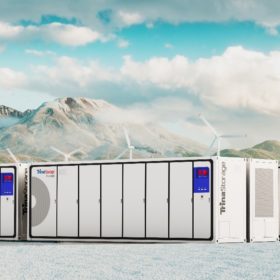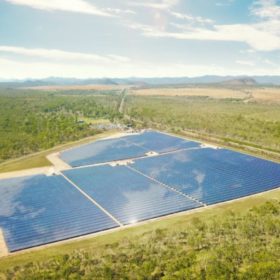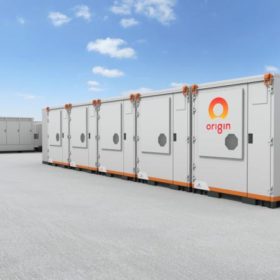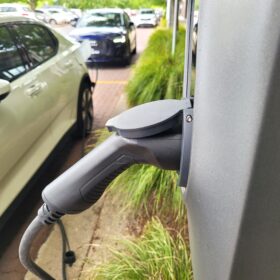SA launches market sounding for major Whyalla project, plans hydrogen regulation framework
The newly elected South Australian premier Peter Malinauskas has today launched the market sounding for its hydrogen production facility near Whyalla, as well as the introduction of legislation to regulate hydrogen production, storage and transportation.
VSUN strikes deal to explore redox flow battery technology
Western Australian energy storage company VSUN Energy has inked a deal with aspiring renewables developer North Harbour Clean Energy which will see the two companies collaborate on the development and installation of vanadium redox flow battery projects and vanadium electrolyte supply.
ACEN commences construction of New England big battery
The Australian arm of Philippines-based clean energy company AC Energy has commenced construction of a 50MW/50MWh battery energy storage system that will be connected to its 720MW New England Solar Farm being developed near Uralla in northern New South Wales.
Mine shaft gravity storage startup completes capital raise as it preps for demonstration
Green Gravity, a startup proposing to use old mine shafts for gravitational energy storage, has raised $1.4 million in its first formal capital raise. The company, headed up by former BHP executive Mark Swinnerton, is now finalising its concept engineering in preparation for its demonstration plant. “I think we’re going to get the ‘and’ here,” Swinnerton told pv magazine Australia, referring to the technology’s potential to provide low cost firming (and more) by using yesterday’s infrastructure to solve today’s problem.
Sungrow’s new battery to be deployed in 16 mid-scale Victorian solar farms from Lavo
Chinese inverter brand Sungrow has signed a 79 MW inverter and 176 MWh battery energy storage contract with Sydney-based hydrogen battery company Lavo. The contract will see Sungrow add its storage solution to 16 mid-scale solar farms in Victoria.
Legislation increases certainty for $30 billion Sun Cable megaproject
The Northern Territory government has doubled down on its support for the world’s biggest solar PV and storage project with parliament passing legislation that will facilitate the $30 billion-plus Sun Cable Australia-Asia PowerLink project which is expected to transform the region into a green industrial hub and establish a new energy export industry for Australia.
$190 million Mornington big battery gets AEMO green light
The proposed 240 MWp/480 MWh Mornington big battery project being developed by solar and energy storage specialist Maoneng on Victoria’s coast is a step closer to realisation with the Australian Energy Market Operator (AEMO) providing grid connection assessment approval.
Trina launches grid-scale storage solution
Trina Storage’s new 2.1 MWh DC All-New Elementa solution is a modular LFP battery cabinet with a plug-in concept to connect multiple units. The company is ramping up battery manufacturing capacity to strengthen vertical integration, given supply chain risks throughout the world.
MPower accelerates renewables strategy with Lakeland acquisition
Australian renewable energy developer MPower has boosted its solar PV and energy storage portfolio, announcing it has finalised an $8 million transaction which will see it purchase the Lakeland Solar & Energy Storage Project in far north Queensland.
Origin secures government approval for 2,800MWh Eraring battery
Origin Energy has secured planning approval for a 700MW/2,800MWh grid-connected battery to be developed at the site of its coal-fired Eraring power station in the New South Wales Hunter Valley.
